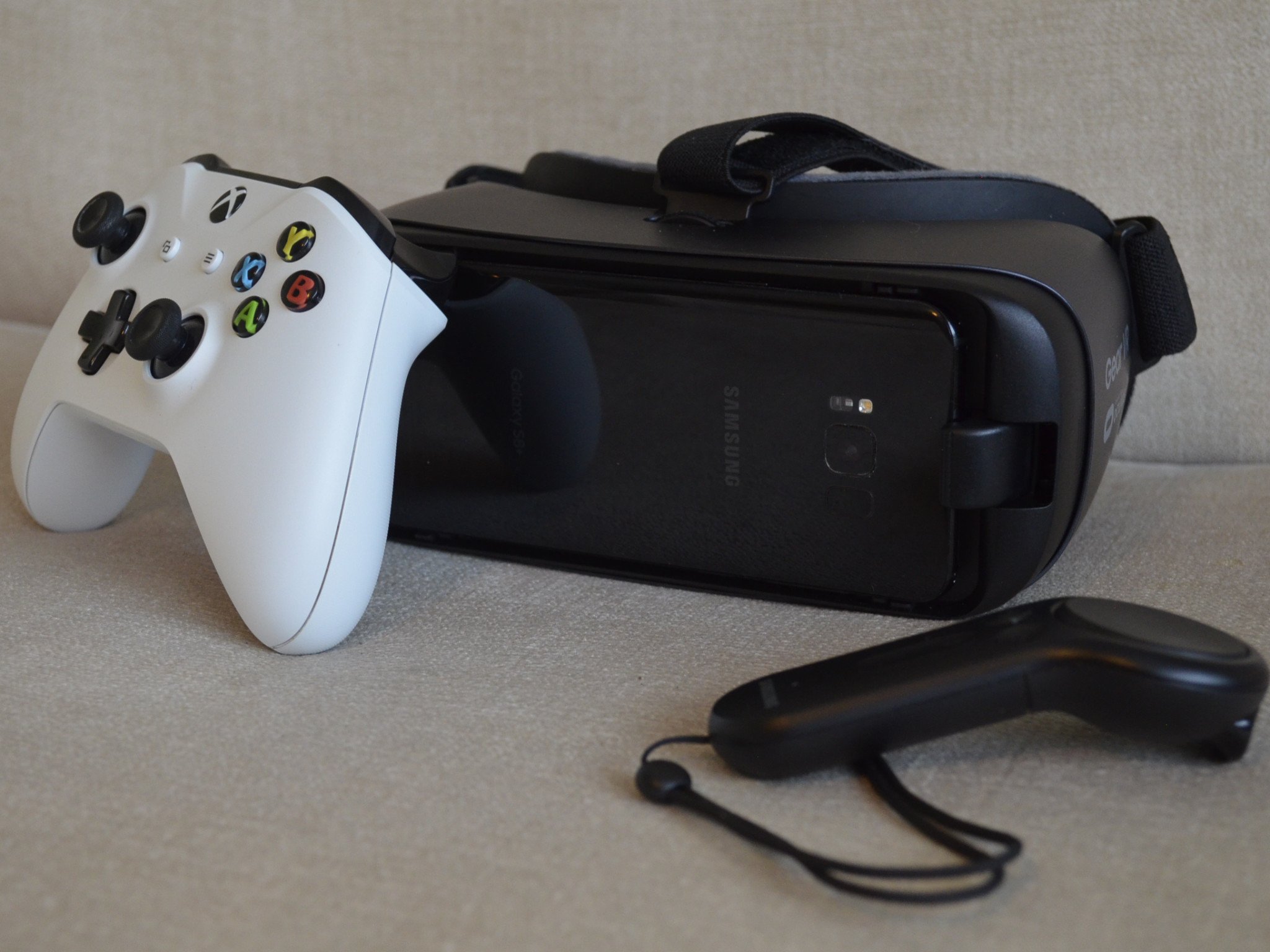3d Modeli Balyasin

2018-08-20 0.5. 2018-04-16 0.6 2018-04-16.
Electrocardiography (ECG) is widely used in clinical practice, for example to diagnose coronary artery disease or the cause of chest pain during a stress test, while the patient is running on a treadmill. Ambulatory ECG monitoring is used for long term recording of ECG signals, while the patient carries out his/her daily activities. Artefacts in ECG are caused by the patient's movement, moving cables, interference from outside sources, electromyography (EMG) interference and electrical contact from elsewhere on the body. Most of these artefacts can be minimized by using proper electrode design and ECG circuitry. However, artefacts due to subject's movement are hard to identify and eliminate and can be easily mistaken for symptoms of arrhythmia and the physiological effects of exercise, leading to misdiagnosis and false alarms.
This study provides an overview of various ambulatory ECG measurement systems and electrode topologies used for ECG sensing. The challenges associated with ambulatory ECG monitoring and the techniques used to overcome those challenges have also been discussed in this paper. This paper presents an analysis of the ionospheric corrections required to get a significant improvement in PPP-RTK performance. The main aim was to determine the improvement in the position precision and time-to-first-fix in the PPP-RTK user side using ionospheric corrections computed from a network. Programma beguschaya stroka na monitore onlajn. The study consists of two main steps. The first one includes an empirical investigation of the ionosphere model precision necessary to greatly improve the PPP-RTK performance in a simulated environment in terms of precision and convergence time. In the second one, an optimal ionosphere representation was developed to provide precise ionospheric corrections by parameterizing the ionospheric slant delays after the PPP-RTK network processing in terms of ionosphere model coefficients and differential code biases using real GNSS measurements.
Experimental results demonstrate that the proposed methodology can be used for reliable regional ionosphere modeling and satellite code bias estimation, due to the consistency of the satellite code bias estimates with those provided from the International GNSS Service Analysis Centres, the high stability of the estimated receiver and satellite code biases and the low least-squares residuals of the network-based ionosphere modeling solution. Finally, it has been shown that the precision of ionospheric corrections at zenith needs to be better than 5 cm to enable faster PPP-RTK solutions.
Models play important roles in the design, simulation and measurement of touch probes. Although existing pre-measuring and empirical models can ensure measuring accuracy and resolution, they are independent of each other. Additionally, pre-measuring models have complex expressions with limited assumptions, while empirical ones ignore the probe's working process. In this paper, a flexible-hinge touch probe with a decoupled Hexflex structure is proposed, and a corresponding three-dimensional (3D) parametric model is established by force-displacement analysis. The decoupled model exhibits a theoretical relationship between the displacement vector (system input), and z-axis-displacement vector (system output). The 3D coupling characteristics are analyzed in depth by investigating the interaction among the coupling variables in the model, and are further verified by a finite element simulation.
Additionally, with the proposed model, the positioning method for the contact points and the corresponding calibration method are investigated in the spherical coordinate system, which is based on the assumption of direction consistency between the probing force and the spatial displacement of the stylus ball. Cavity ring-down spectroscopy (CRDS) is a highly sensitive technique that enables the measurement of trace species in gases at or lower than the nmol mol −1 (ppb) level in amount-of-substance fraction (mole fraction).
 In particular, CRDS is a very powerful tool for trace-moisture measurement. In real-time, long-term measurement of trace moisture using CRDS, the accuracy is limited by undesired changes in ring-down time over a period of time (background drift). In this study, we introduced a dual-diode laser system in CRDS for trace-moisture measurements to compensate for the background drift.
In particular, CRDS is a very powerful tool for trace-moisture measurement. In real-time, long-term measurement of trace moisture using CRDS, the accuracy is limited by undesired changes in ring-down time over a period of time (background drift). In this study, we introduced a dual-diode laser system in CRDS for trace-moisture measurements to compensate for the background drift.

The frequency of the first laser was tuned to the on-peak position of a water absorption line to measure trace moisture, while that of the second laser was tuned to an off-peak position to track the background drift. The two laser diodes were alternately used to measure the ring-down times at on- and off-peak positions by rapidly switching the two laser beams. The effectiveness of dual-laser CRDS for real-time, long-term measurements of trace moisture was demonstrated by experiments based on a primary trace-moisture standard in the range of 8 nmol mol −1–630 nmol mol −1. The use of the primary trace-moisture standard in the experiments guaranteed the metrological traceability of the measurement results to the international system of units (SI), making the measurement results reported in this study highly reliable. The expanded uncertainty obtained using dual-laser CRDS at 8 nmol mol −1 was more than four times better than that of the primary trace-moisture standard, implying the potential of a trace-moisture standard based on dual-laser CRDS whose uncertainty in a low range is better than that of other generator-based trace-moisture standards. Accurate measurement of change in tip position and orientation of flexible links is of substantial importance for flexible robot control applications. In this paper, a measurement system is proposed to measure the change in position and orientation at the tip of a link subjected to bending and torsion with the use of position sensitive detector (PSD) sensors for space applications.